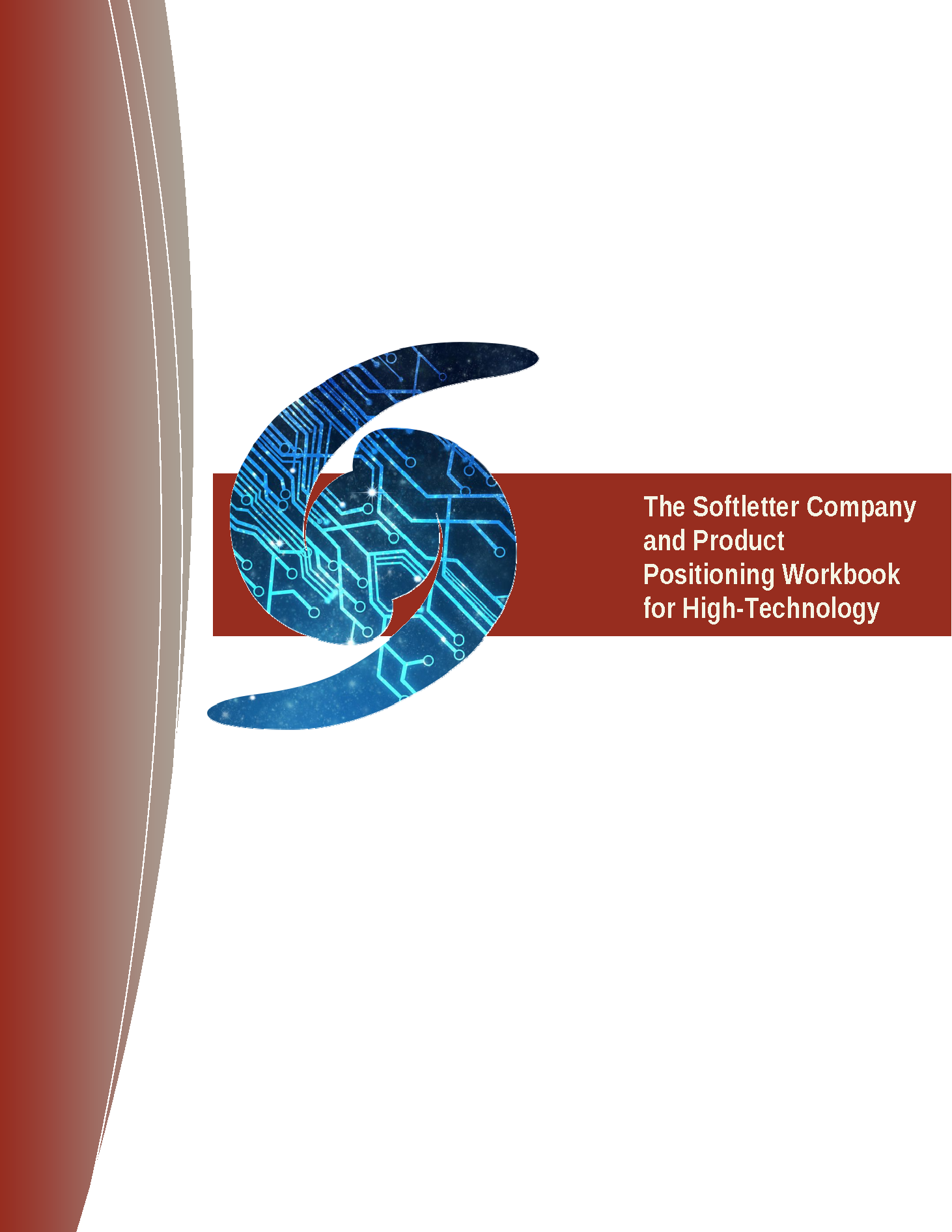
In 2014, Jeff Bezos declared himself the “super product manager” of the Amazon Fire Phone. When the unit was launched, it failed to catch fire in the market and Amazon ended up with a giant PR black eye, a warehouse stacked with unsold Fire Phones, and a final loss of $170M.

This happened was that Microsoft and Bezos violated fundamental product positioning basics. Windows 8 created a positioning conflict within a single product. The Fire Phone’s design and pricing failed to align with market expectations for a top-tier smartphone. Both debacles were predictable and avoidable.
What went wrong was that neither company had a copy of The Softletter Company and Product Positioning Workbook for High-Technology onsite while they were developing their products.
Had either company possessed a copy and had worked through its detailed, field-tested product positioning methodology, both firms could have saved themselves hundred of millions of dollars in losses and avoided PR nightmares that stretched out for years.

The industry’s only comprehensive strategic resource for properly positioning your software or hardware product. Positioning is one of marketing’s most familiar buzzwords, but despite all the attention given to the topic, few useful tools exist to ensure technology companies successfully execute this vital task.
The reason why positioning is so important is simple. If you release a product whose positioning is unclear, contradictory, and not understood by your potential customers, every aspect of your sales and marketing will begin to fail. There are no exceptions to this phenomena.

The Softletter Company and Product Positioning Workbook for High-Technology fills this void. It provides the most advanced and field-tested system for clearly, logically, and effectively positioning your products and your company.
When you are done working through its easy-to-understand, yet detailed processes, you’ll be able to create compelling and effective positioning statements and strategies for your product and company that tell sales prospects what your product does and why they should consider buying it.

The Workbook is backed up and based on Softletter Managing Editor Rick Chapman’s extensive experience on the topic. He’s studied first hand the havoc that poor positioning has wreaked on high-technology firms such as Microsoft, Workday, LivePerson, MicroPro and many, many others.
His work consulting with companies on how to avoid catastrophes such as Windows 8 and Amazon’s Fire Phone, both profiled in the third edition of In Search of Stupidity: Over 40 Years of High-Tech Marketing Disasters have saved firms millions.

One of the most common questions Rick is always asked on Quora (1 million+ Answer Views, Top Five Most Viewed in SaaS) is “What is the primary reason most high-tech companies fail?” In most cases, he provides the following answer:
The company didn’t take the time to go through a proper positioning exercise before launch. If they had, they would have discovered flaws in their assumptions and marketing plans and addressed them before entering Positioning Hell.


Established by respected technology journalist and writer Jeffrey Tarter in the 1980s, Softletter’s target audience has always been senior management at leading software and SaaS firms.